It doesn’t take long on your journey before you’re wondering how to save money homesteading. After a few months of farming you’ll soon realize that the simple life can be very expensive. Thankfully there are quite a few ways to save money while living more sustainably. It will just take a little know-how and self-discipline.
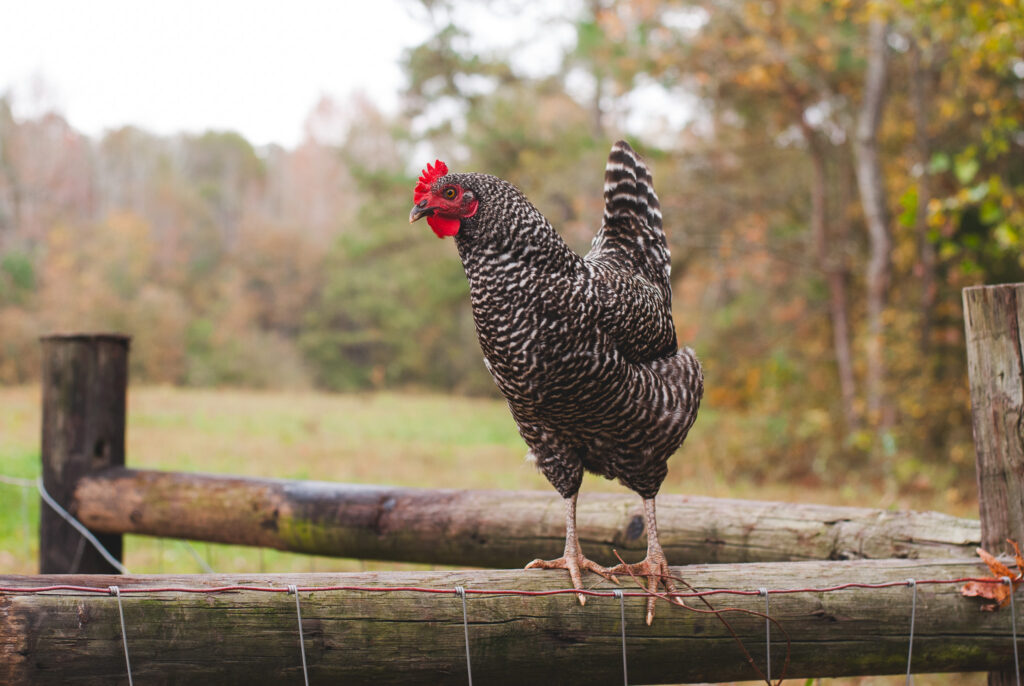
*This post may contain affiliate links which means I make a small commission at no extra cost to you. Read my full disclosure here.*
If you’re like me you probably thought becoming more self-sufficient would save you money. After all, you’re cutting out the middle man. It’s quite a shock when you realize that this “simple” lifestyle is very expensive, and it seems like there’s always something to be done.
Our Homestead
We started our homestead back in 2015 without any previous experience raising animals. My husband is a great gardener, and I had some kitchen skills but other than that we were total newbies.
Over the years we’ve managed to slowly grow our farm while living debt-free. It hasn’t always been like that though. When we were first married we lived on credit cards and loans. The stress of all that took a toll on us, so we decided to make a change in the way we lived and managed our income.
That’s a post for another day, but I will say that tithing and giving back to The Lord played a big part in that journey.
I have a lot of experience when it comes to saving money while growing your farm. If you’re feeling the burn on your wallet and wondering how to save money homesteading, here are a few tips to help you keep costs down.
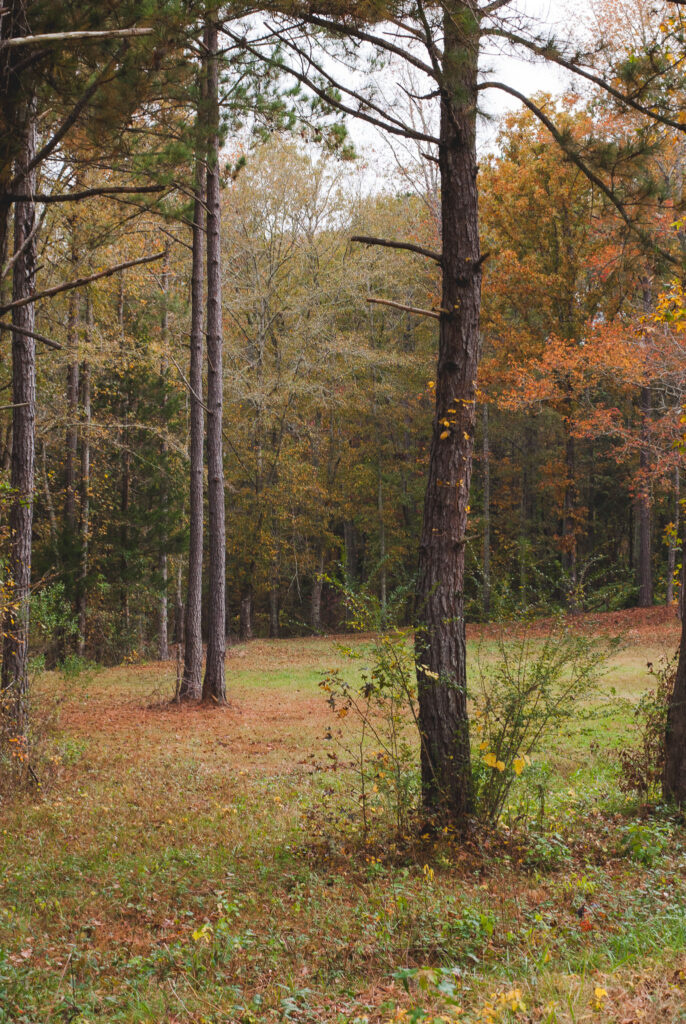
Start Small
The quickest way to go into debt is to go all in from the very beginning. Infrastructure, fencing, animals, and feed can all be very expensive. Before you know it you’re racking up the bills and debt.
Starting small is one way to keep homesteading costs low. Instead of building all the infrastructure and buying all the animals, start with a small garden or raised bed. Build a chicken coop out of leftover materials.
Not only will small things teach you invaluable skills, but they are also easier on your wallet.
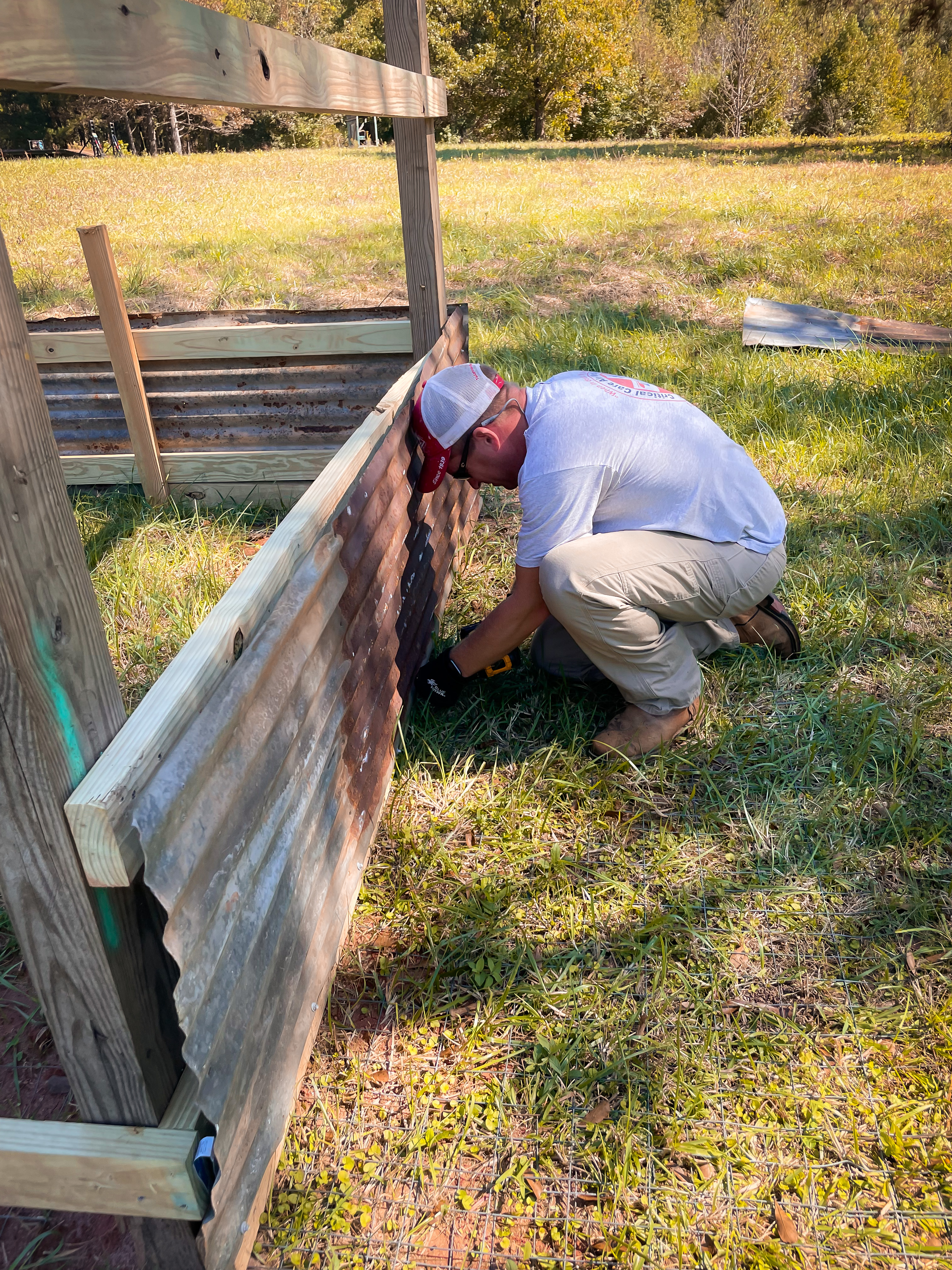
Grow organically
Starting small leads the way to growing organically. This means adding things as you need them. You may realize that you need ten tomato plants to feed your family instead of just two. So plan and save seeds for more plants the following year.
Growing organically and as you need it will help you slowly build your homestead instead of getting everything at once.
We started with a small flock of laying hens. Over time friends gifted me their chickens, and I had a few hens go broody and hatch chicks. My flock just naturally grew in the beginning. I added on to my coop little by little.
The cost of the infrastructure was absorbed into my monthly budget without breaking the bank.
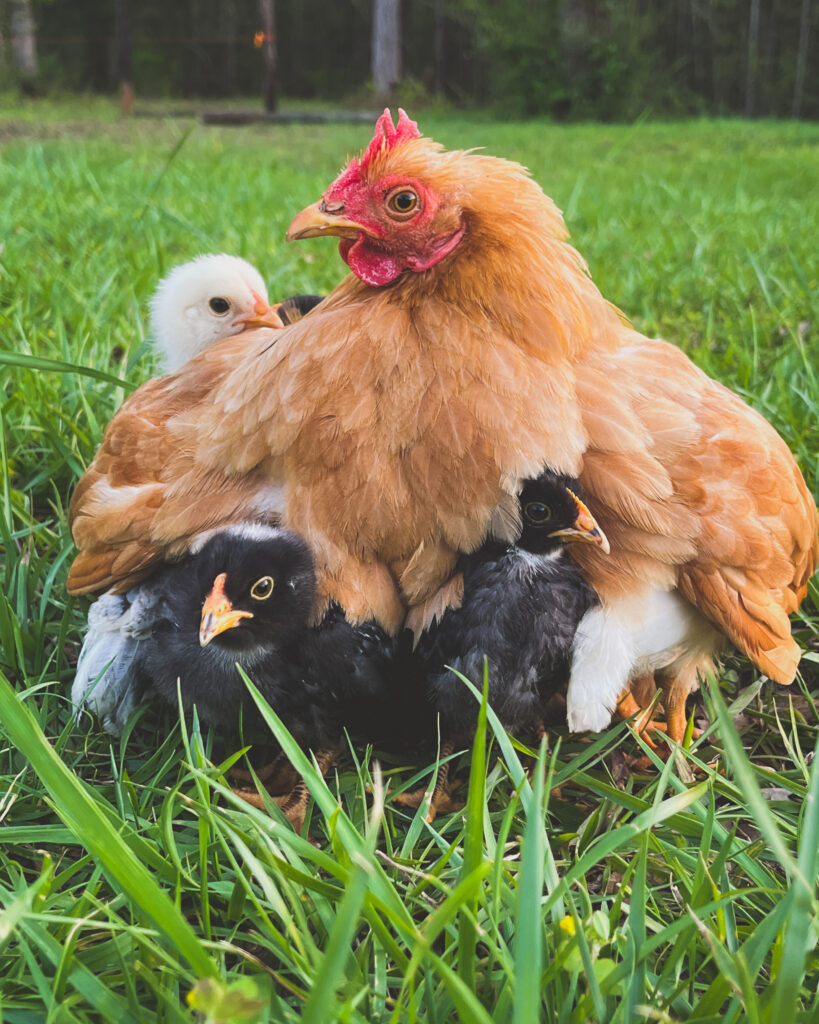
Learn one skill at a time
This is a point I often talk about when asked about how we homestead with full-time jobs. The homesteading lifestyle can be very romantic. Naturally, you would want to learn all the skills you can.
However, too many skills too fast will not only lead to burnout but can also be a budget buster. Start by learning one skill at a time. Once you have that particular skill mastered, learn another one.
For us, canning was a game changer. It allowed me to preserve our garden harvest for the whole year, and cut down on our grocery costs. It wasn’t without an initial investment in a pressure canner and supplies, but it has more than paid for itself over the years.
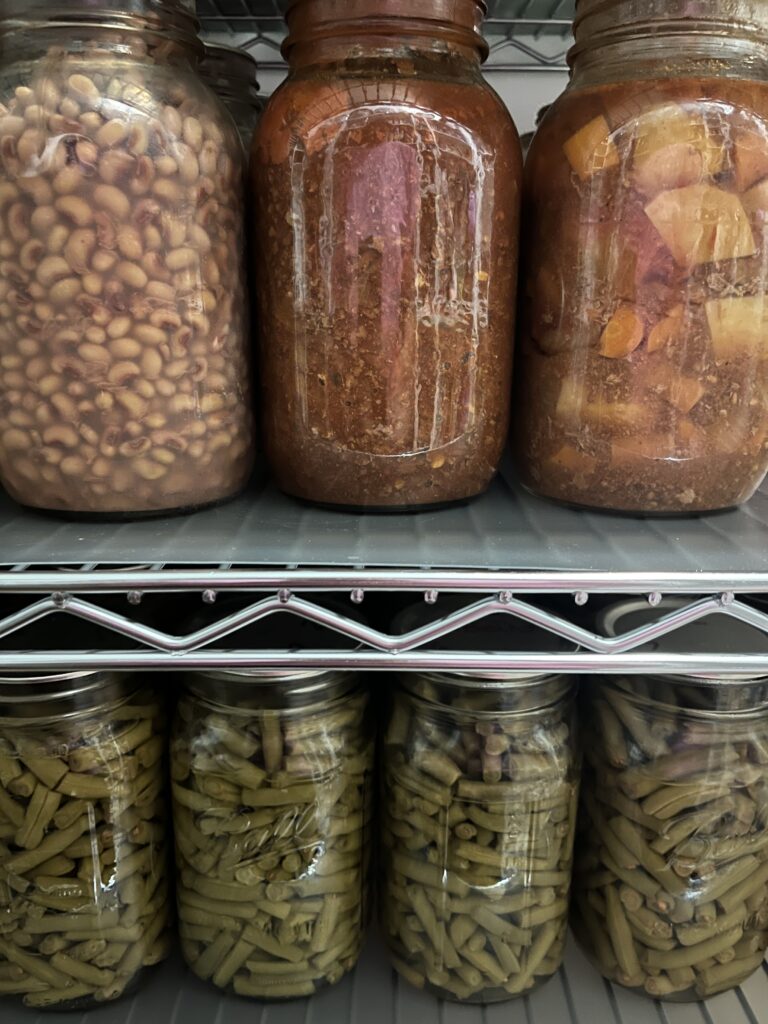
Barter to save money homesteading
Bartering is a great way to use the resources or skills you have to trade for another person’s skills or resources. Over the years, we’ve bartered a lot.
For example, our neighbor grows a lot of produce every summer and uses a portion of our family’s property for his garden. In exchange for the use of the land, he maintains it and shares some of his produce.
This is a great example of trading what you can, as well as how to homestead when you don’t have a large amount of land. He sells his produce at local markets which in turn benefits him and provides our community with local food.
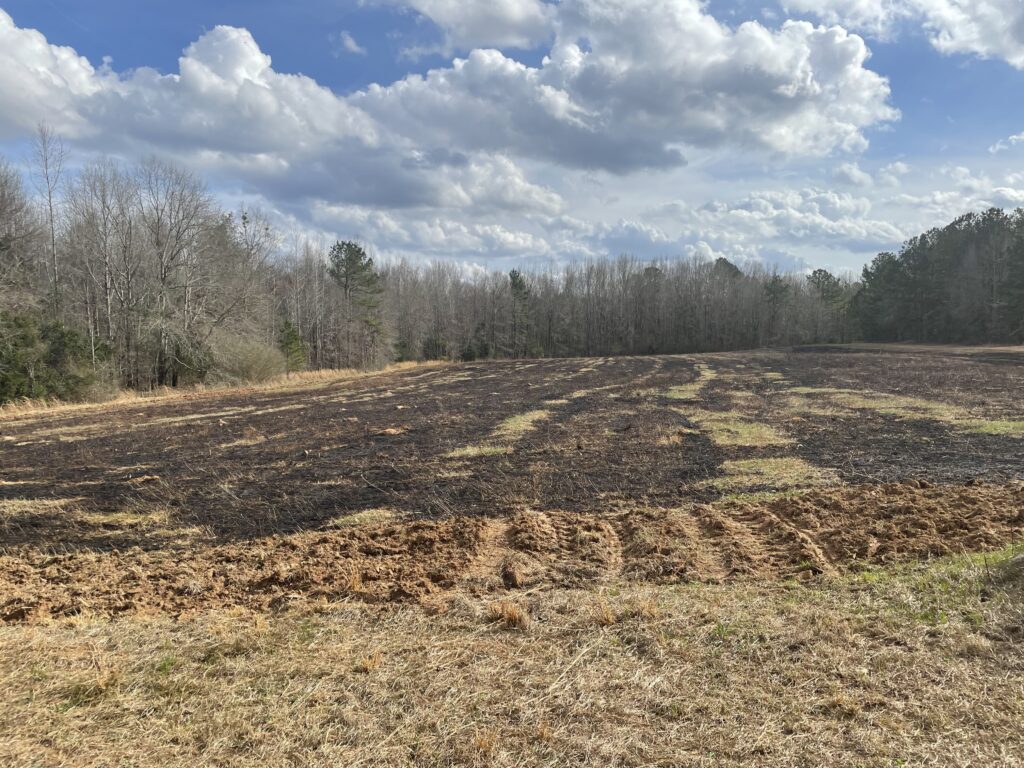
Sell your excess
A great way to cut costs on your homestead is to sell your excess. If you’re growing more than you can eat in your garden, sell your excess to help pay for the cost of growing your food.
This can also be done with dairy animals (watch your state laws), eggs, and meat products. Social media is a great way to find buyers for your products. I’ve seen sourdough starters, homemade soaps, and unused building materials all being sold.
Selling eggs is one way we fund our laying hen feed, but there are plenty of other opportunities if you get creative.
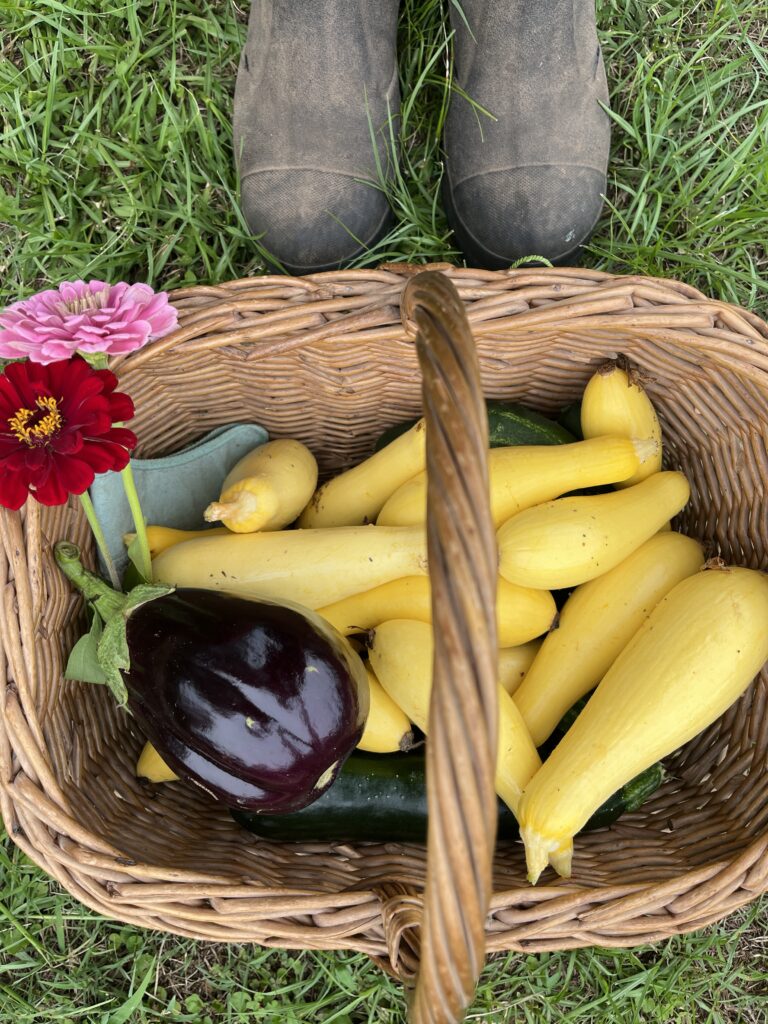
Save Everything
Saving your “junk” is a great way to save money on the homestead. You never know how you might need to repurpose something. If you’re constantly spending your money on new items, that’s going to be very expensive.
Before you decide to throw something away, make sure there is no way to repurpose it. I’ve used everything from old coffee cans, 5-gallon buckets, and billboards around my farm. Small savings add up over time!
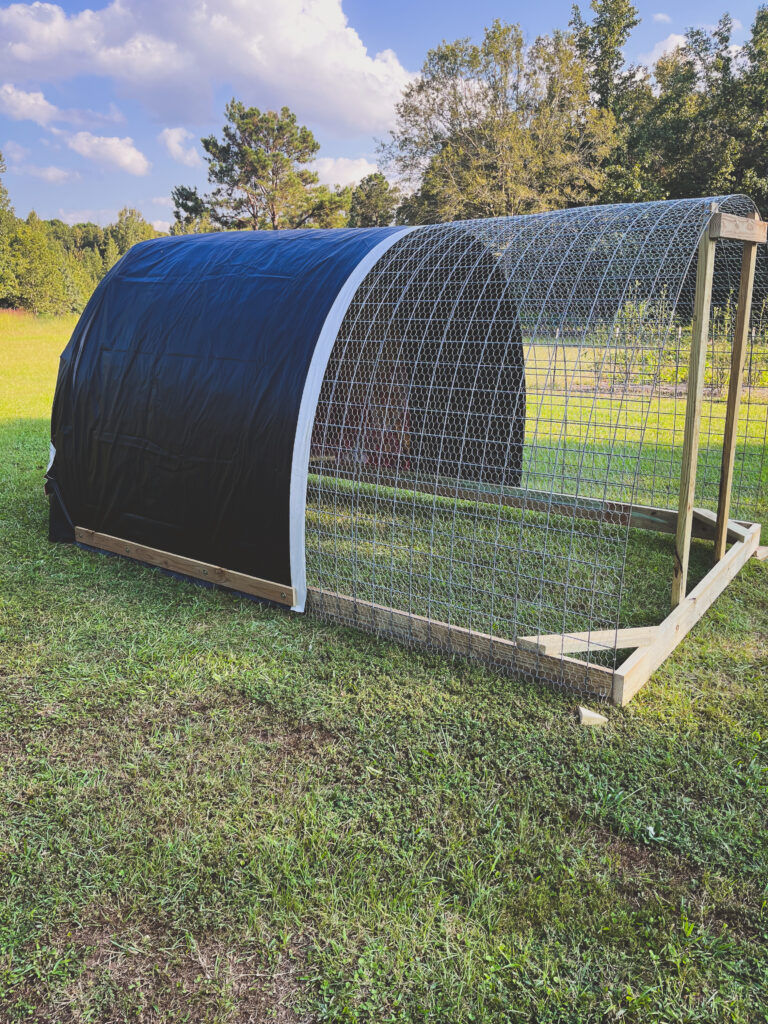
DIY
This goes along with learning new skills, but learning to do things yourself is a money saver. One of the greatest costs of a project is labor. You can save a ton of money homesteading by doing things yourself. Some basic building knowledge and sweat equity will go a long way on a homestead.
Before you sub out a project do your research and determine if it’s something you can tackle yourself. I think you’ll be surprised at how doable a project may be.
For example, we were nervous about building fences when we bought our property. We even hired someone to install one at double the cost. Had we known how manageable fence building is, we could have put that labor cost back into our farm. Don’t be scared to just go for it!
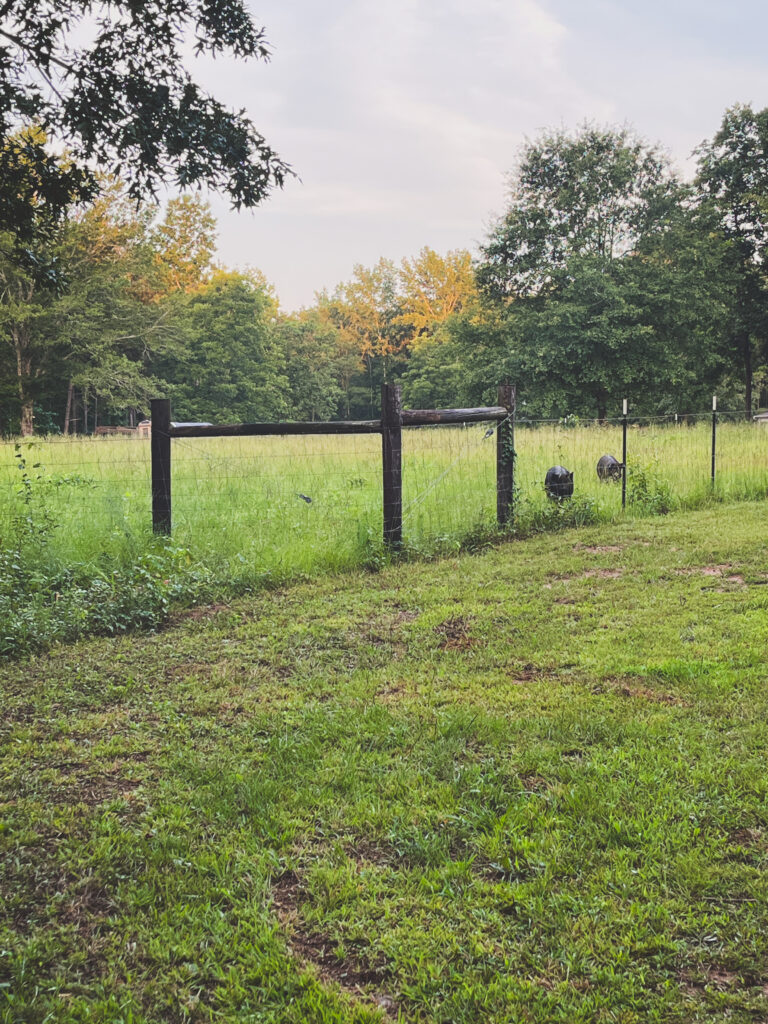
Buy used
When we started our debt-free journey the first thing we did was buy used when we could. Most items depreciate over time and buying used helps you to benefit from that.
Again, Marketplace is a great way to find used items that can be beneficial to your homestead. Some things we’ve bought second-hand are storage buildings, heavy equipment, fence posts, and building materials.
Before purchasing something new, take a look around your community and see if there is a used alternative for a better value.
Closing
These are just a few of the ways you can save money on your homestead. Get creative with what you have and I’m sure you can come up with other ways to put money back in your pocket.
Lastly, don’t give up on your homesteading dreams. Even doing small things like growing vegetables in your garden will give you such a sense of purpose. The quality it adds to your life will be worth far more than any monetary value.
If you enjoyed this article, please share it! Thanks for visiting my farm.
[…] doesn’t take long on your journey before you’re wondering how to save money homesteading. After a few months of farming, you’ll soon realize that the simple life can be very expensive. […]